3D Scanning
ReLogic uses specialized equipment and software to capture the geometry and texture of physical objects to convert them into digital 3D models. The resulting 3D models can be used for a variety of applications, such as visualization, prototyping, and manufacturing.
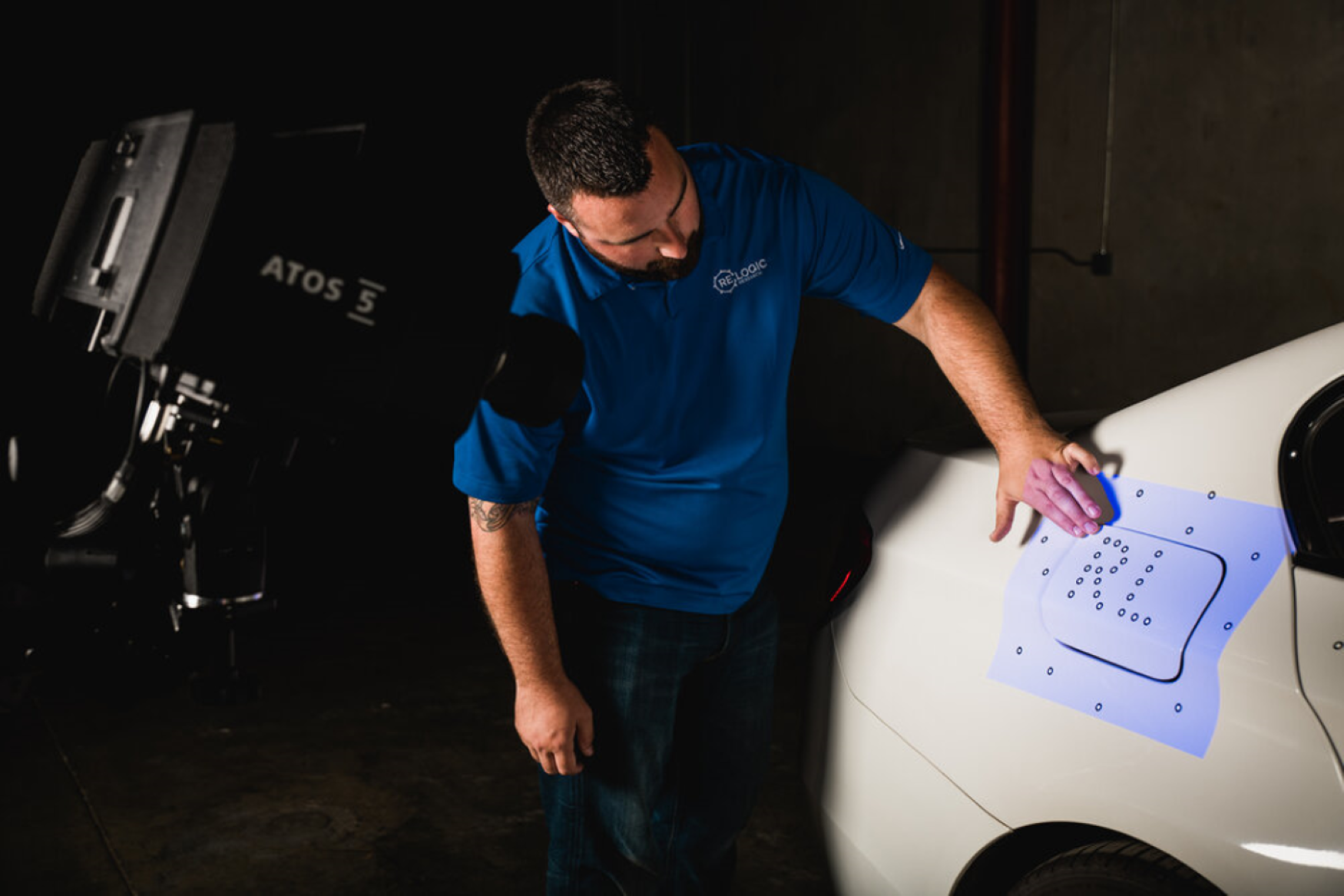
Structured light scanning
Structured blue light scanning is a method of 3D scanning that utilizes a structured light pattern projected in the blue light spectrum. It involves projecting a series of blue light patterns onto an object and capturing the reflected light with a camera. By analyzing the deformation of the patterns on the object's surface, precise 3D measurements can be obtained, enabling accurate digital replication or analysis.
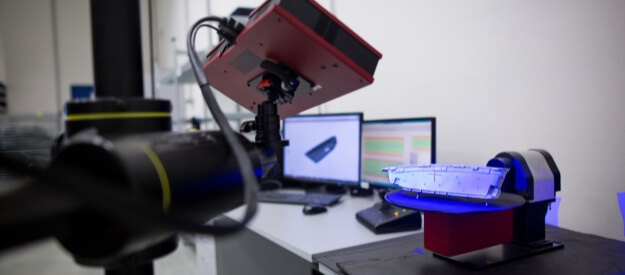
Photogrammetry
Images are captured from multiple angles using coded reference markers and calibrated scale bars to characterize a point cloud over an entire part volume. Photogrammetry is typically used in conjunction with structured light scanning to maintain accuracy over large parts or environments.
Our Areas Of Expertise In 3D Scanning
3D scanning is a valuable tool for manufacturing support. By creating digital 3D models of physical objects, manufacturers can more easily design, prototype, and manufacture products with greater accuracy and efficiency.
Some of the ways that 3D scanning can be used for manufacturing support include:
- Quality Control: 3D scanning can be used to inspect and verify the dimensions of manufactured parts. By comparing the 3D model of a part to its design specifications, manufacturers can quickly identify any defects or deviations from the intended design.
- Reverse Engineering: 3D scanning can be used to create digital 3D models of existing physical parts or assemblies. This can be useful for recreating parts that are no longer in production, or for making modifications to existing designs.
- Prototyping: 3D scanning can be used to create 3D models of prototypes, which can then be used to refine the design and test its functionality before production begins.
- Tooling And Fixture Design: 3D scanning can be used to create accurate models of tooling and fixtures, which can then be used to manufacture parts with greater precision and consistency.
- Assembly Planning: 3D scanning can be used to create digital models of assemblies, which can then be used to plan and optimize the assembly process.
Overall, ReLogic can enable manufacturers to reduce costs, improve quality, and accelerate the production process. By leveraging the power of digital 3D models, manufacturers can stay competitive in an increasingly complex and demanding marketplace.
Optical Metrology
Optical metrology involves the use of non-contact, optical measurement techniques to accurately and precisely measure the physical dimensions and properties of objects. These services can be used in a wide range of industries, including aerospace, automotive, electronics, and medical.
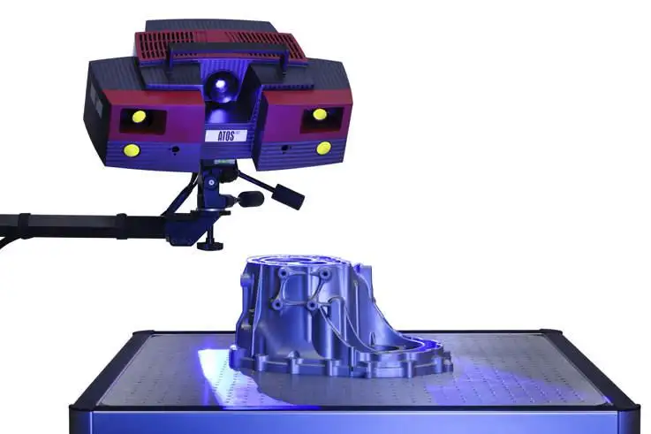
Live Tracking
Live tracking in metrology refers to the real-time monitoring and tracking of the position and movement of objects during measurement processes. It involves using specialized sensors, such as laser trackers or optical systems, to continuously capture the position and orientation of the object being measured. This enables dynamic measurements, allowing for immediate adjustments and corrections to ensure accurate and precise measurements are obtained throughout the entire measurement process.
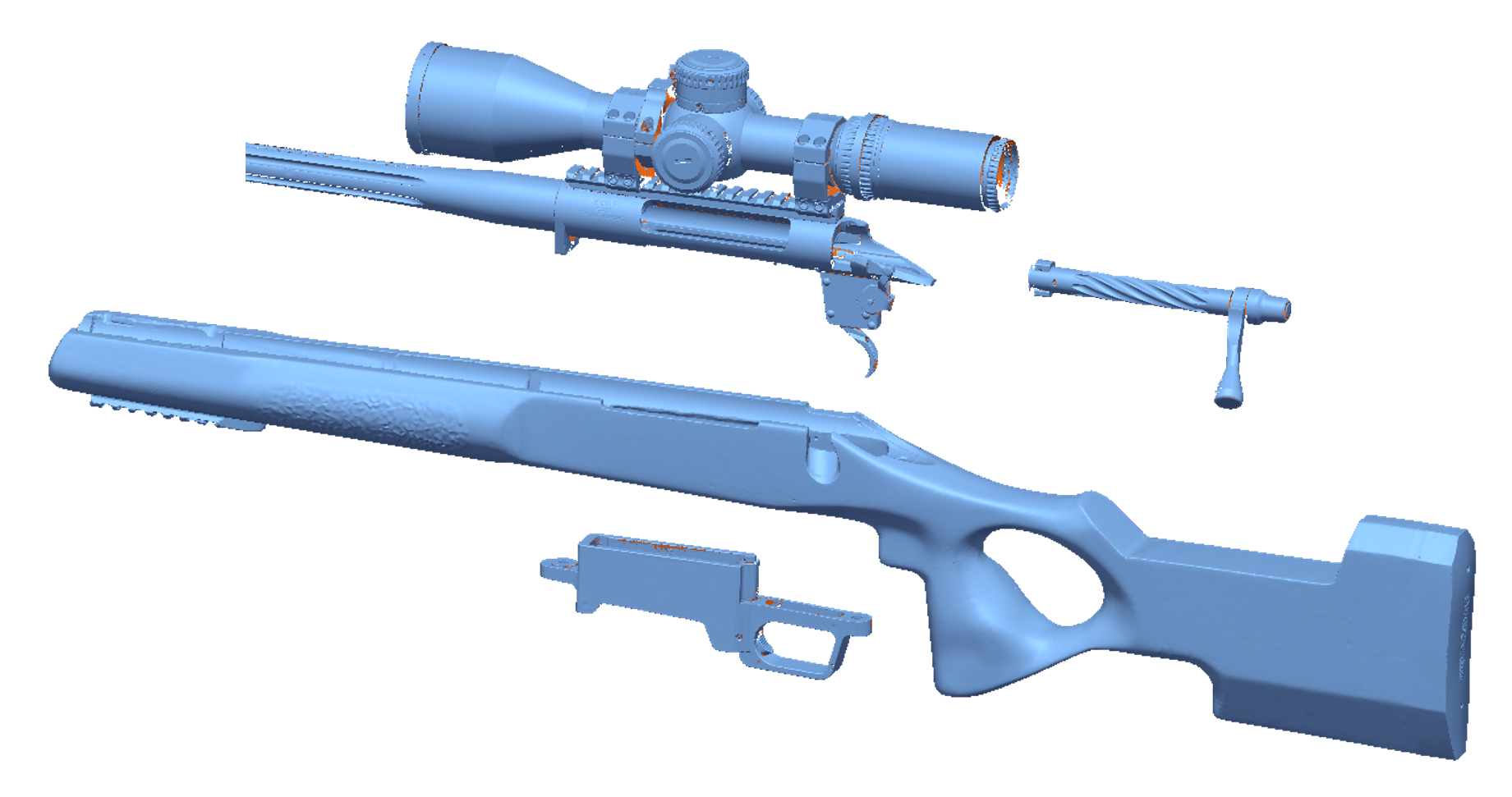
Digital Assembly
Digital assembly is the process of virtually simulating and validating the assembly of components or parts using computer-aided design (CAD) software. It involves digitally modeling the individual parts and then virtually assembling them in a virtual environment to verify their fit, clearance, and functionality. This allows for identifying and resolving any potential issues or interferences before the physical assembly takes place, reducing errors, time, and costs in the manufacturing process.
ReLogic's optical metrology services can be used for a wide range of applications, such as quality control, inspection, reverse engineering, and design optimization. By using these services, manufacturers can ensure that their products meet the highest standards of quality and precision.
Automation
Automation manufacturing is the use of automated processes and systems to manufacture products. These can range from basic automation of single processes to complex, fully automated production lines. Some common types of automation include:
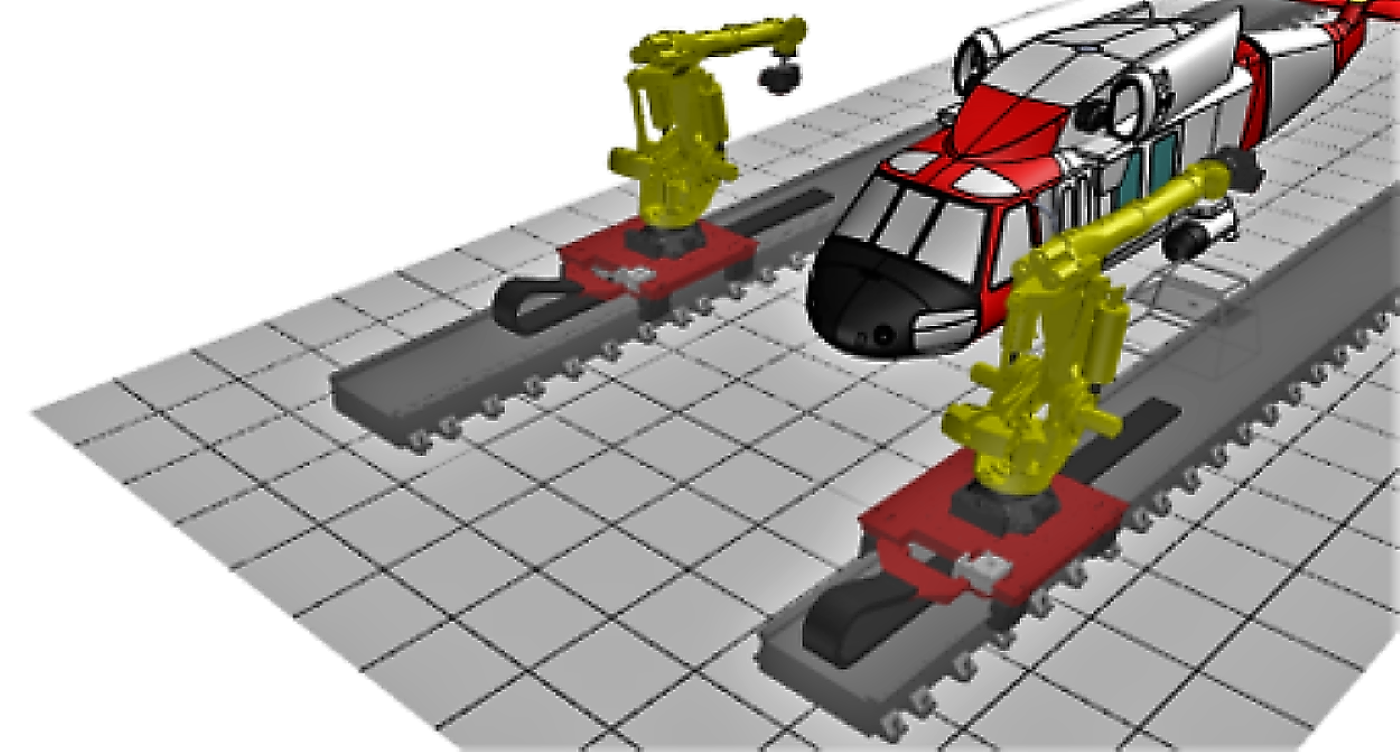
Robotics
Industrial robots are used to perform tasks such as welding, assembly, and material handling. They can be programmed to operate 24/7, and can work with a high degree of precision and consistency.
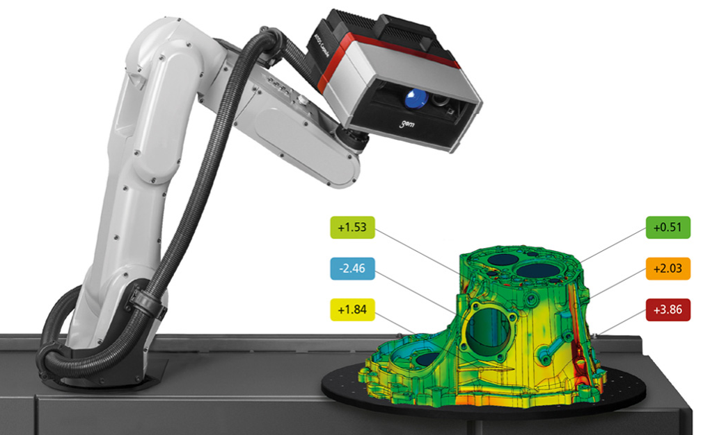
Automated Scanning
Scanning can be automated to perform tasks such as part identification, defect analysis, and inspection. Automated systems can greatly increase efficiency and reduce the risk of human error.
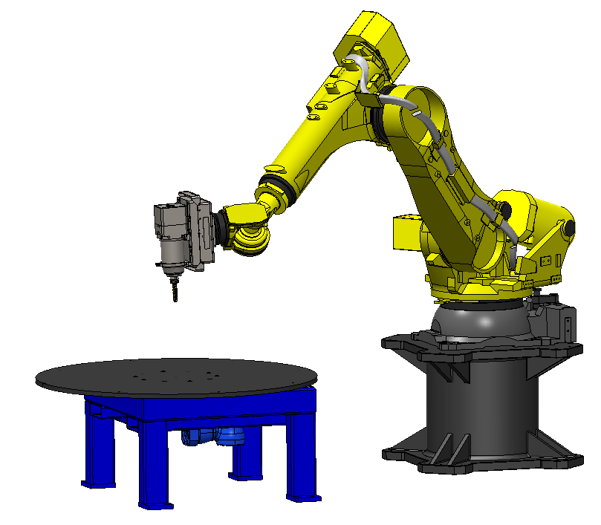
Quality control
Automated inspection systems can be used to check the quality of products as they move through the manufacturing process. This can help identify defects or errors early on, before they become larger issues.
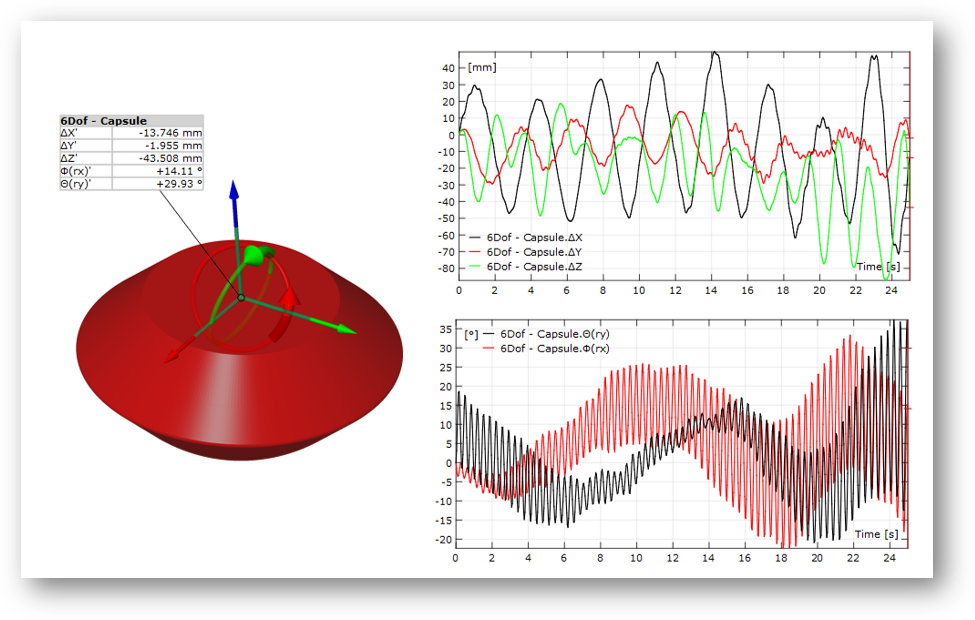
Data analysis
Automation manufacturing services can also include the use of data analytics to optimize production processes. By analyzing data on production rates, quality, and other factors, manufacturers can identify areas for improvement and make adjustments to increase efficiency and reduce waste.
Our Areas Of Expertise In Reverse Engineering
Reverse engineering is the process of extracting the design information from an existing system or product, and then using that information to recreate or modify the product or system. Reverse engineering is commonly used in various industries, including aerospace, automotive, electronics, and medical devices, to improve existing designs, analyze competitor products, or to develop replacement parts.
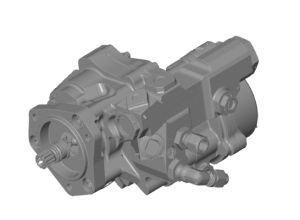
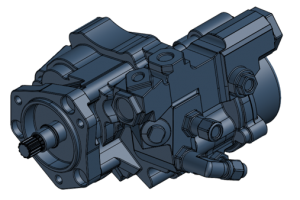
The reverse engineering process typically involves the following steps:
- Disassembly: The first step in the reverse engineering process is to disassemble the product or system to its individual components.
- 3D scanning: The next step is to use 3D scanning technology, such as laser scanning or structured light scanning, to capture the geometry of each component.
- CAD modeling: Once the 3D scan data is captured, the next step is to create a CAD model of each component. The CAD models can be used to analyze the design, identify potential defects, and make modifications.
- Analysis and simulation: The CAD models can also be used to perform various analyses and simulations, such as finite element analysis (FEA) or computational fluid dynamics (CFD), to evaluate the performance of the system or product under different conditions.
- Manufacturing: Finally, the CAD models can be used to manufacture replacement parts or modify the existing system or product.
Reverse engineering can provide several benefits, including the ability to improve existing designs, increase product efficiency, reduce manufacturing costs, and accelerate product development. Reverse engineering services can also help manufacturers to identify and fix design flaws, reduce product development time, and provide valuable insights into the competition's products.
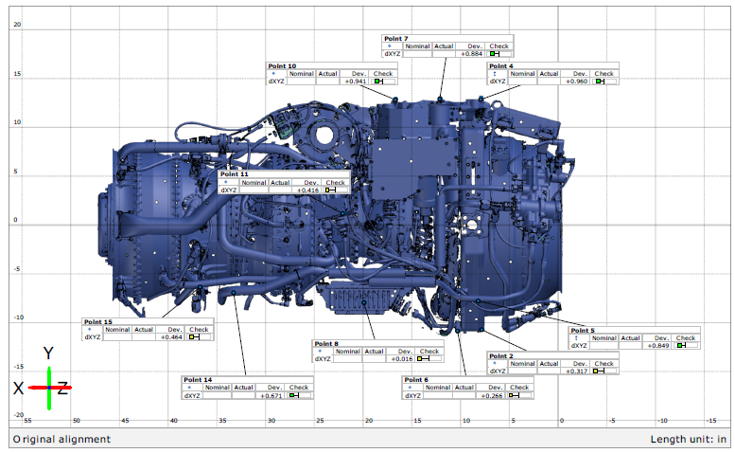
Technical Data Packages
Technical Data Packages (TDPs) are sets of documents that contain all the technical information needed to manufacture, test, and maintain a product. They include drawings, specifications, and other documentation that describe the design, materials, and processes used to create the product.
In reverse engineering, TDPs are important because they provide a baseline for comparison with the product being reverse engineered. By comparing the physical product to the information in the TDP, engineers can identify differences and determine how the product was manufactured.
Reverse engineering can be used to create a new TDP when an existing one is not available or when changes need to be made to an existing TDP. This involves taking measurements and creating new drawings and specifications that accurately describe the product being reverse engineered.
In some cases, TDPs may be incomplete or outdated, which can make reverse engineering more challenging. In these situations, reverse engineering can be used to fill in the gaps and create a more complete TDP.
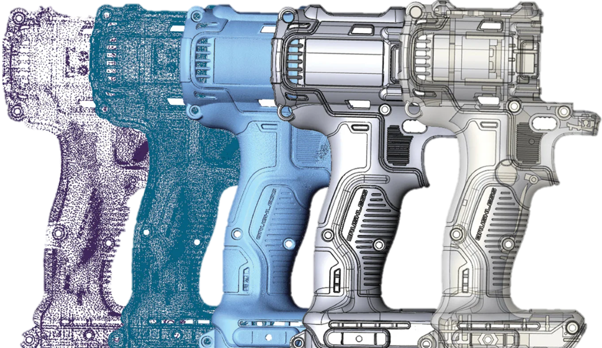
Obsolescence Management
Obsolescence management refers to the process of identifying and mitigating the risks associated with obsolete or end-of-life components in a product design. In reverse engineering, obsolescence management is important because it can help identify components that are difficult or impossible to source, and find alternative solutions.
When reverse engineering a product, it is common to encounter obsolete components that are no longer available from the original manufacturer. Obsolete components can create a number of challenges, such as long lead times, high prices, and poor availability. In some cases, obsolete components may need to be reverse engineered themselves, which can be a complex and time-consuming process.
To manage obsolescence in reverse engineering, it is important to have a thorough understanding of the product design and its components. This includes identifying any components that are likely to become obsolete in the near future and finding alternative components that can be used as replacements. This may involve identifying components that have similar specifications or can be adapted to fit the product design.
ReLogic's approach to managing obsolescence is to redesign the product using newer, more readily available components. This may involve updating the product design or using a different manufacturing process. This approach can be less expensive and more time-efficient, and can help ensure that the product remains viable over the long term.

Contact Us!
To get in-touch with someone from our team for our Metrology and Reverse Engineering expertise, please fill out the information below and we will reach out soon!
